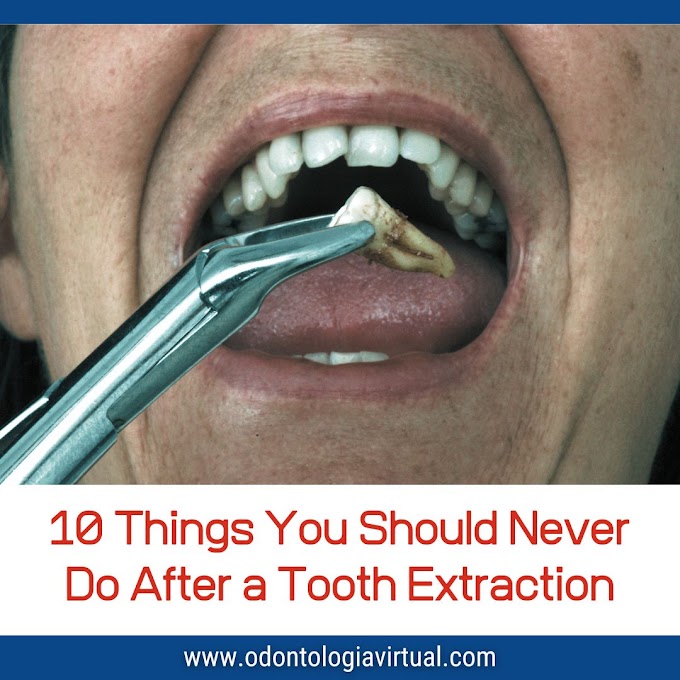In recent years dentists have learned that the metal fillings in the mouth act much like metal does outside the mouth. Exposed to hot and cold, such as hot coffee or ice cream, the metal fillings in the teeth expand and contract. As they shift, they can actually weaken the teeth they were meant to protect.
Often, the expansion and contraction leads to the entire tooth cracking. As the fillings expand it can also leave a small opening where harmful bacteria can enter and become trapped, leading to further decay of the tooth.
Fracture lines in teeth create further avenues for decay to occur. Rarely, do any doctors remove silver fillings without finding additional decay underneath. An Inlay or Onlay is a much more conservative restoration for the tooth than a metal filling or even a crown.
7 OPERATIVE DENTISTRY BOOKS that every specialist must read. The following list of Operative Dentistry books includes literature published since 2000. Professionals in this specialty have to read this collection of books.
While traditional fillings can reduce tooth strength up to 50%, inlays and Onlays made of high strength porcelain or composite systems (ADORO), can actually increase tooth strength by up to 75%, lasting 10 to 30 years.
(Amazon)
An Inlay is similar to a filling and lies inside the cusp tips of the tooth (as we explain to our patients for better understanding, is a filling which is constructed at the laboratory).
Onlays are used for large restorations. They restore the area inside the cusp and extend over one or more sides of the tooth. Basically, it covers one or more cusps of a tooth.
Onlays are indicated in situations where a substantial reconstruction is required. However, more of the tooth’s structure can be conserved compared to the placement of a crown.













